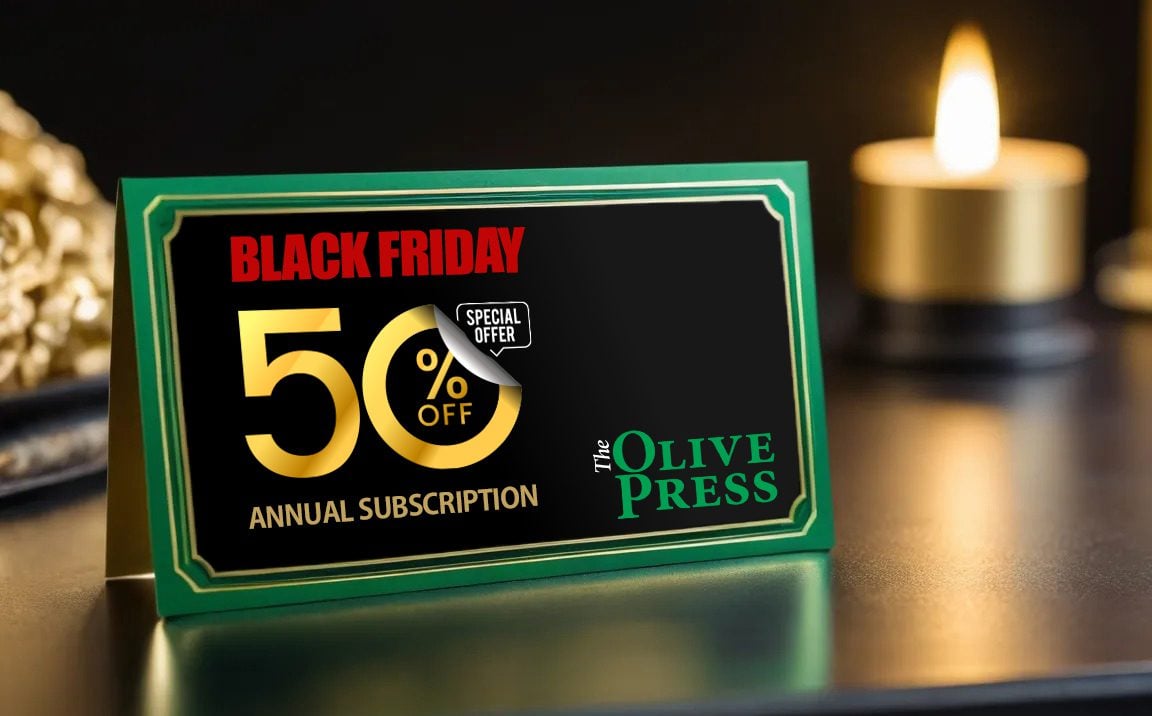
RESEARCHERS in Madrid have invented a hi-tech, low-cost sensor to detect adulterated olive oil.
The device can tell the difference between pure extra virgin olive oil and fake blended varieties by using a laser light to differentiate the particles in both.
Extra virgin olive oil is sometimes mixed with out-of-date olive oil or cheaper, lower-grade oils, but it is almost impossible to detect the fraud until it is too late.
But with the use of a lasers and computer algorithms, the researchers hope it will soon be easy and inexpensive to root out the imposters.

The laser device, which is no bigger than a bag, generates results in real time and is cheap to manufacture with a 3D printer, said Jose S. Torrecilla, a senior lecturer and researcher at Madrid’s Complutense University.
“Other clear advantages of our tool include the possibility of conducting on-site analyses as the equipment is the size of a briefcase.
“The quality of olive oil is recognised nationally and internationally.
It is therefore necessary to protect this quality and combat fraudulent activities carried out with increasing frequency and skill in the sector,” he added.
Researchers bought three types of olive oil from supermarkets to test the laser device, including some oils that were past their best-before date.
They were able to tell the difference between fresh pure extra virgin olive oil and one that had been mixed with out of date olive oil with spectacular accuracy.
“This technique is available for use at any time, prior to packaging for quality control or after packaging to detect fraudulent brands and producers,” said Torrecilla.











